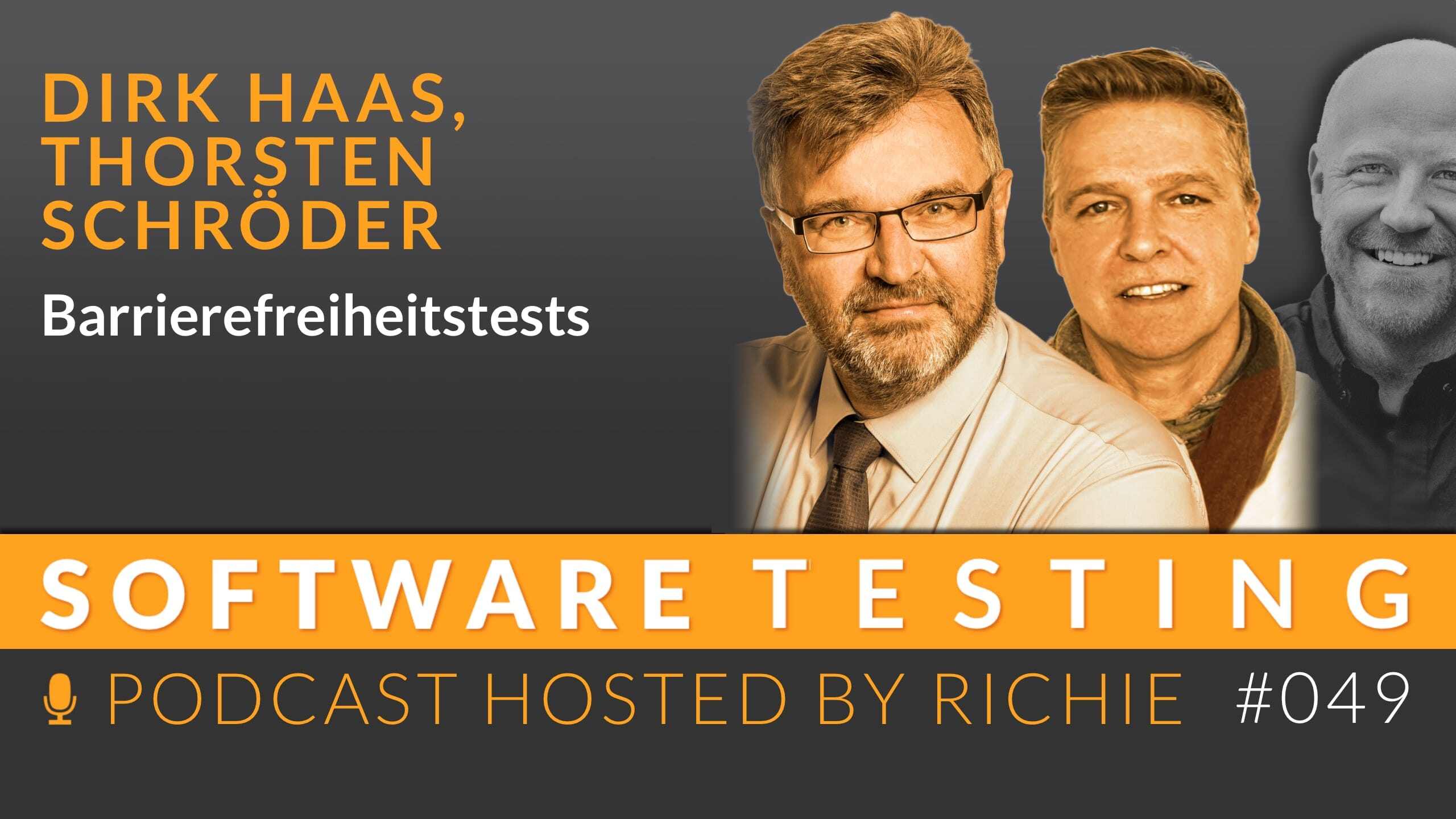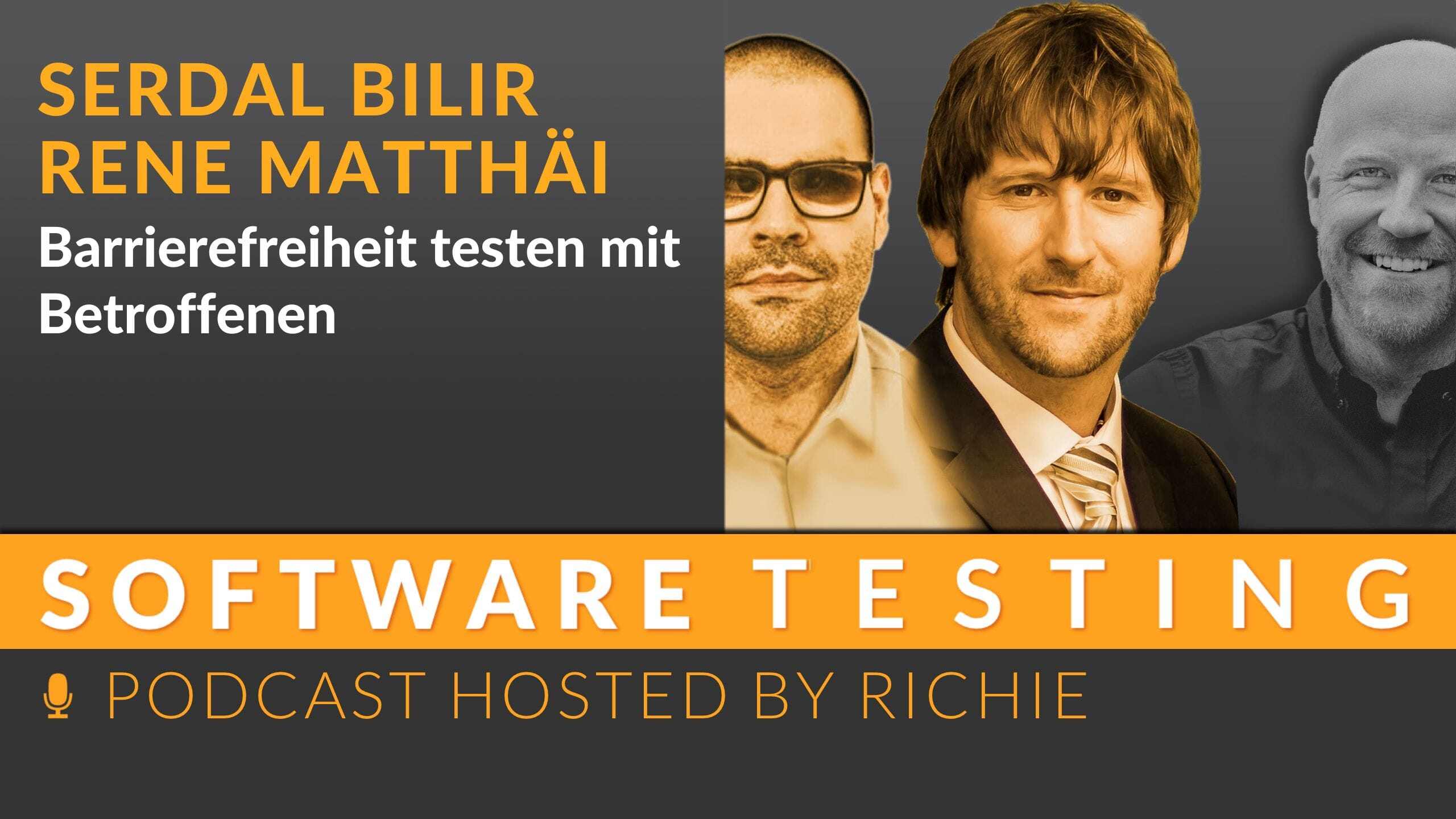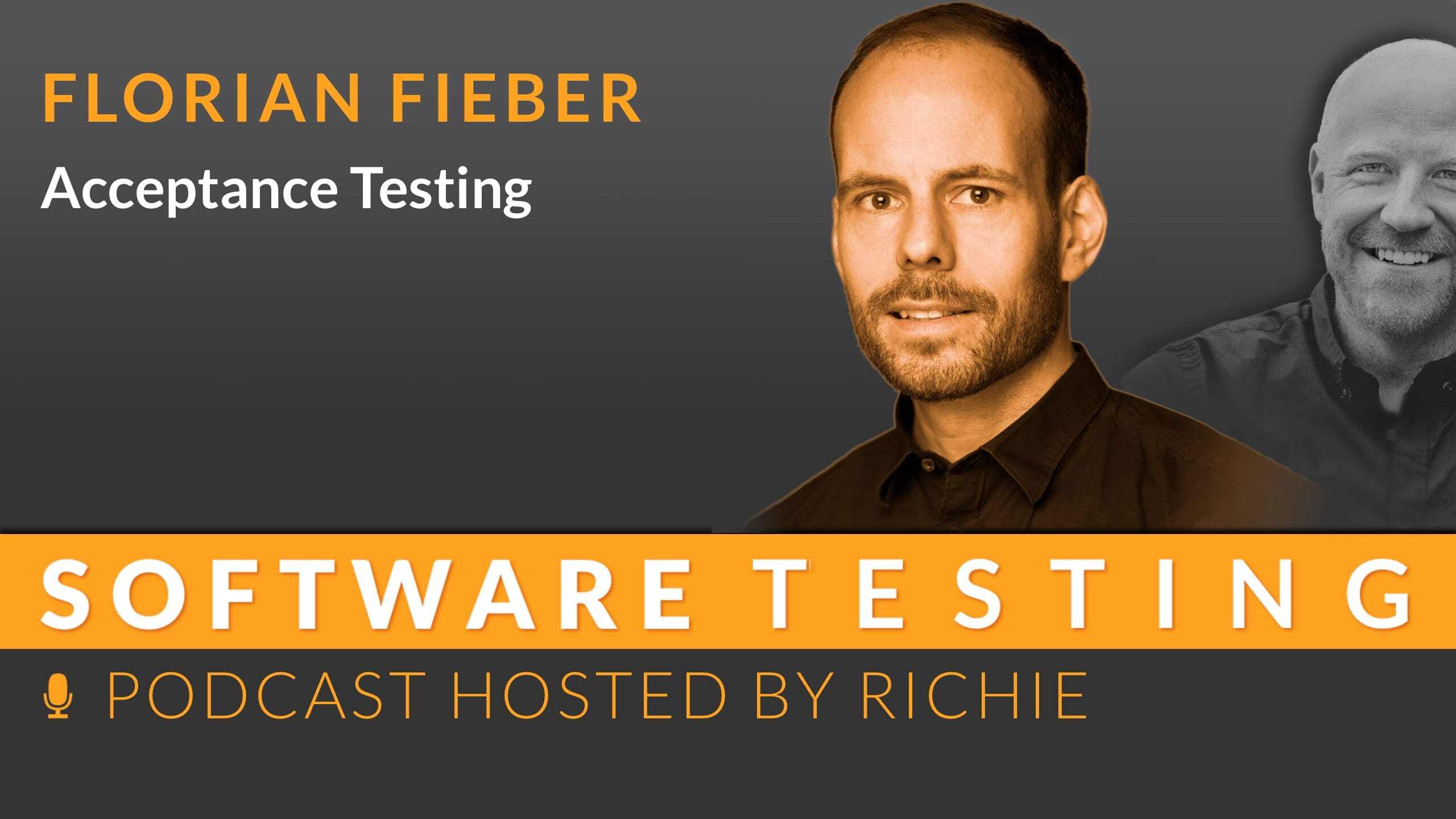Test accessibility with those affected
Accessibility in software development plays a central role in making digital products accessible to all people. It is particularly important to...

Accessibility in software development is not only a legal requirement, but also a sign of quality and user orientation. Accessibility testing requires a deep understanding of how people with different disabilities use technology. Mobile apps are a challenge for accessibility, as the complexity of touch interactions and the variety of devices make it difficult to establish uniform standards. It therefore makes sense to consider accessibility as an integral part of the development process.
“Then we need to think about which switch to turn on now? What else is important? And if I turn the switch on - what does that mean for people with other disabilities?” - Dirk Haas, Thorsten Schröder
Dirk Haas has been head of application development at Deutsche Rentenversicherung / NOW IT GmbH for almost 30 years and leads a team of 16 employees. He coordinates the testing of software products for accessibility and usability and offers training on this topic. He also has many years of experience in training and further education in the field of accessibility and is a certified usability engineer and certified tester.
Thorsten Schröder has been working in the IT industry since 1999, initially as a developer in the field of web design and Java. Since 2016, his focus, together with Dirk Haas, has been on accessibility testing and usability for Deutsche Rentenversicherung. Since 2021, he has been working as a UX designer and is involved in the development of the organization’s new design system.
Highlights of this episode:
Accessibility testing is a complex challenge that goes far beyond technical solutions and requires close collaboration with people with disabilities. Dirk and Thorsten share their experiences and challenges in developing accessible mobile apps for the German Pension Insurance.
Today I’m talking to Dirk Haas and Thorsten Schröder about accessibility. Both are heavily involved in the development of accessible mobile applications for the German Pension Insurance. Their experiences offer unique insights into the challenges and necessities of accessibility testing, especially in the context of mobile app development.
Our guests shared their initial experiences when they were faced with the task of designing an accessible app. This was a leap in the dark; suddenly they were no longer reliant on keyboard and mouse alone, but had to deal with assistance systems such as VoiceOver and Talkback. A new world opened up, filled with unexpected app behaviors and a plethora of setting options that had to be considered.
One of the biggest obstacles in accessibility testing is finding a middle ground between different needs. Dirk explained an example: activating the talkback function significantly improves accessibility for blind people. But at the same time, it makes it more difficult for people with motor impairments to use. This kind of trade-off made it necessary to keep a detailed report on each test configuration - a Sisyphean task.
Thorsten expressed that despite the progress in software development, the automation of accessibility testing is still a long way off. The key issue is that automated systems need the same access to content as assistive technologies. Without this access, effective automated tests cannot be developed. The complexity of human needs cannot be easily translated into code.
Dirk emphasized that accessible technologies do not only benefit people with disabilities. Many features can also make everyday life easier for people without disabilities. This phenomenon is known as the curb-cut effect and shows how universal design improvements can be.
Looking to the future, both paint an optimistic picture: technological developments and regulatory requirements are driving the topic of accessibility forward. Nevertheless, much remains to be done, especially in the area of accessible documents - a mammoth task due to the sheer volume involved.

Accessibility in software development plays a central role in making digital products accessible to all people. It is particularly important to...

Unfortunately, the acceptance test is often seen as the final test stage. If many errors are then found, the excitement and the amount of work...

In the current episode, we look at the importance of security tests in software development. Security tests are not only necessary at the end, but...